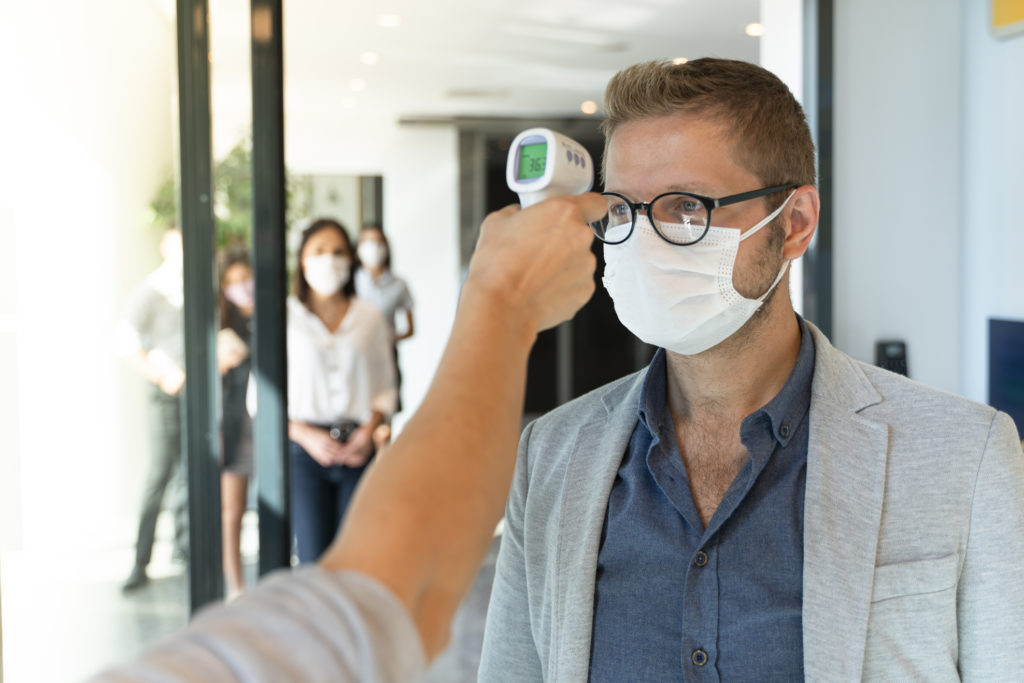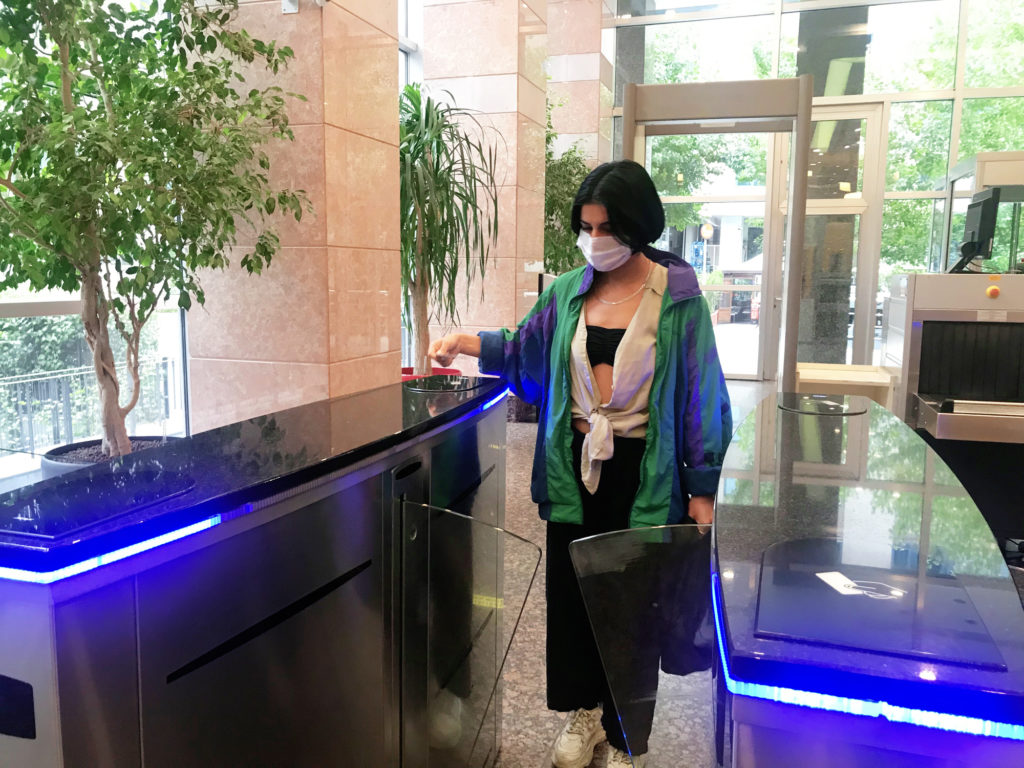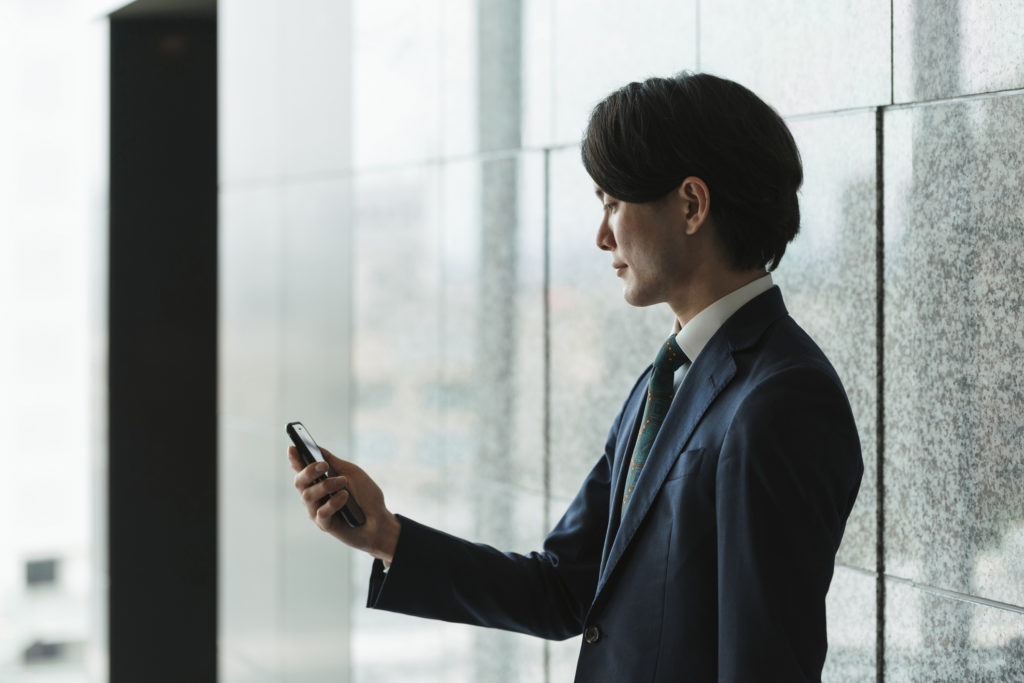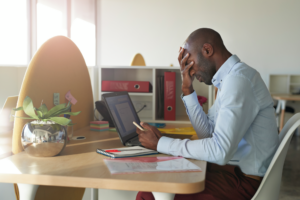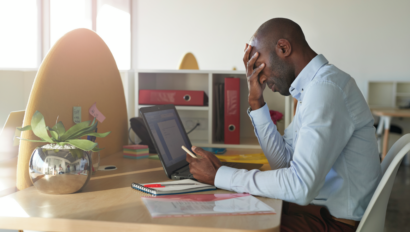Your building entry process should check-in visitors as quickly as possible, both for convenience and safety—particularly during a pandemic.
You don’t get a second chance to make a first impression, and no one likes waiting to get in. Especially when visitors congregating together pose a health risk to everyone in your building.
So how can you make the check-in processes safer and more enjoyable?
By creating an efficient building entry process that makes pre-registering, checking in, and capturing details simple. With a streamlined process, you can make visitor check-in quick and easy, leading to happier and safer tenants.
Here are three steps to shorten your visitor check-in process and keep tenants safer.
Step 1: Simplify Pre-Registering for Building Entry
An easy way to make visitor check-in faster is having tenants pre-register visitors so you always know who to expect.
Pre-registration means you already have all required information when a visitor arrives at your security desk. So you don’t have to contact tenants to verify they invited the visitor. Without pre-registration, this process can take 10-30 minutes while each visitor lingers in a common area. And if you don’t know who will be in your building on a given day, multiple visitors trying to check in at once exacerbates check-in delays.
Visitors waiting to get into a building is not only frustrating for tenants. If any visitors are sick it poses health concerns too— visitors can spread illness for however long they’re waiting. So longer wait times mean more of your building is at risk.
There are a couple of processes you can use for pre-registration. You can have tenants email or call you with visitor requests and information. But this involves manually tracking all visitor requests, which is time-consuming. And then you have to get the information to your security desk.
Using check-in software is much simpler—it allows tenants to input visitor details themselves. Then you don’t have to worry about pre-registering other than to approve requests. Tenants can do everything themselves, and the software automatically sends the information to your security desk.
This is one key step to shortening the visitor check-in process.
Step 2: Offer Web and Mobile Check-In
Offering visitors additional check-in methods also shortens the check-in process.
Traditionally, visitors wait in line to check in. Which means you can only check in one visitor at a time. Everyone else has to wait in your lobby.
If tenants have appointments with visitors, check-in delays can potentially throw off their schedule for the whole day. This is not the kind of tenant experience that has people rushing to renew their lease.
You can hire more front desk staff to make the process more efficient. But this is expensive. Or you could reallocate staff, but that stretches your resources.
A better option is to use building entry software that allows visitors to check in from web or mobile apps. Then multiple visitors can check-in at once, slashing wait times.
Step 3: Quickly Grab Full Visitor Details
Ensuring you have full visitor details helps you keep unwanted visitors out. And it helps you know who visitors had contact with while in your building.
Knowing who is and has been in your building is important to keeping tenants safe. If a sick visitor is in your building, you need to know as soon as possible. Otherwise tenants and staff in your building could be spreading disease throughout your property, and your city.
If you can’t accurately capture important visitor info like the time and date of a visit, it’s difficult to know who a visitor interacted with. So you can’t inform the right people, increasing the risk of disease transmission throughout a building.
Being able to capture visitor info also helps you keep out problematic guests. If a visitor causes problems, you don’t want to let them in again. But if you have no record of a problematic visit, it’s harder to keep them out.
How to Capture Visitor Details
You can capture visitor details manually or use software. Manually capturing visitor details typically means using a sign-in sheet for visitors to write down important info. However, this increases contact points and the potential for spreading illness. And you have to manually store this information, which takes time and is hard to access when you need it.
Visitor check-in software is much easier. Your security desk can easily pull guest info from a pre-registration profile. And quickly add relevant details like a date stamp or picture.
With digital records, you can quickly search for needed info using filters like date, time, and name to find visitor details. This allows you to notify occupants about health issues fast. And your security desk can pull up details in real-time to see if a visitor has caused problems before.
Being able to quickly capture contact details shortens the check-in process, helps you notify tenants of any health concerns, and helps you keep problematic visitors out.
Your Building Entry Process is More Important Than Ever
Your check-in process is the first impression visitors get of your staff and building. If you have a quick and easy process, guests and tenants will think more favorably of your property.
But if checking in takes a long time, that’s a negative experience. Particularly with pandemic-driven occupancy low, you want to minimize or eliminate negative experiences to avoid tenant turnover.
Shorten your check-in process and keep occupants safer. Use software to simplify your pre-registration process, allow web and mobile check-in, and quickly capture visitor details. For more, download the infographic 6 Steps to Streamline Your Visitor Check in Process and Keep your Building Safe.




